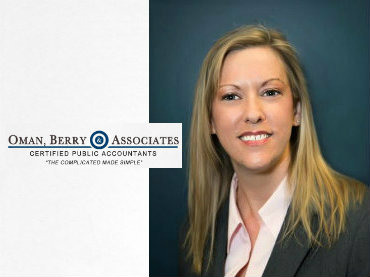- Sections :
- Crime & Public Safety
- Restaurants & Food
- Sports
- More
CPA cites new tax liabilities for 65+ crowd

THE WOODLANDS, Texas -- President Barack Obama has hinged his legacy on the Affordable Care Act and its mandate of making medical care accessible to all Americans. As it begins its roll out, one of the first things Americans might be compelled to do is seek trusted tax counsel to understand the changes it has created.
"Very little about the Affordable Care Act is actually turning out to be affordable," says Paul Oman, partner with Oman, Berry and Associates in The Woodlands, Texas. As the nuances of the new health-care paradigm roll out, consumers will be well served to lean on professionals who study the financial changes caused by health-care reform.
Obamacare has three major effects on the tax liability of individuals who are 65 years or older. First and foremost, Obamacare includes a 3.8 percent net investment income tax assessed on taxpayers with income over certain thresholds, which began to kick in during 2013. Individuals nearing retirement age—a population set to balloon as the Baby Boomer generation begins to hit that milestone—must factor in increased taxes as they calculate the money they need to set aside for retirement.
"Older people typically have bigger investment accounts set aside, having saved all their working lives," says Elizabeth Hosea, senior tax manager for Oman, Berry. "Higher income seniors are going to want to plan for their interest, dividends and other passive investments to be hit by the 3.8 percent investment tax."
On the deductions front, Obamacare is raising the bar for the deduction of medical expenses. Previously Americans could itemize deductions on their personal income tax returns to the extent that they exceeded 7.5 percent of a person's gross adjusted income. Obamacare increased that percentage to 10 percent starting in 2013, meaning that medical expenses will have to reach a bigger portion of your income to qualify for deduction. Individuals 65 and older are exempt from the increase to 10 percent until 2017, but again as an aging populace begins to plan for retirement, they must factor in more medical costs from their own pockets being non-deductible for itemized deduction purposes.
"This really affects seniors who rack up medical expenses in assisted living and retirement facilities," Hosea says. Such facilities typically provide their residents annually with a breakdown of expenses that are attributable to medical expenses. "This increases the dollar amount of out-of-pocket expenses that will not be allowed as an income-tax deduction."
Finally, the Affordable Care Act created a new 2.3 percent tax on medical devices, effective in 2013. The tax is assessed on the sale of certain medical devices by the manufacturer or importer of the device and, therefore, is typically paid by the hospital or doctor who is going to implant the new pacemaker, hip replacement, dental device and the like. The law has not been accompanied by a full list of the devices on which the tax is assessed, but consumers can expect additional taxes to get passed on as an increase in fees for services in which these types of devices are used.
For more information on Oman, Berry and Associates, visit the link below.











